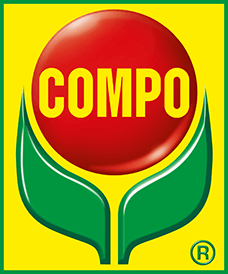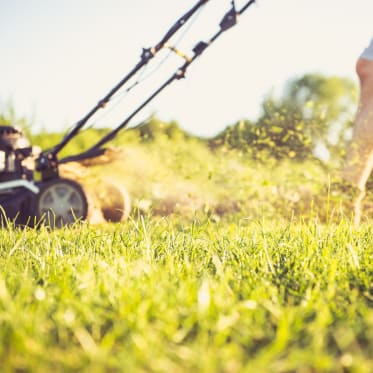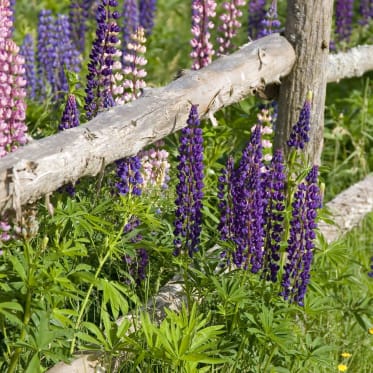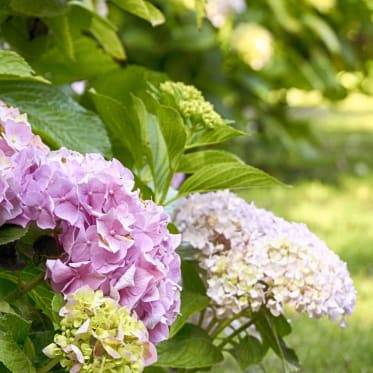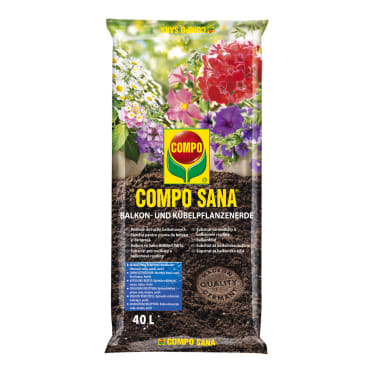Frequent search terms
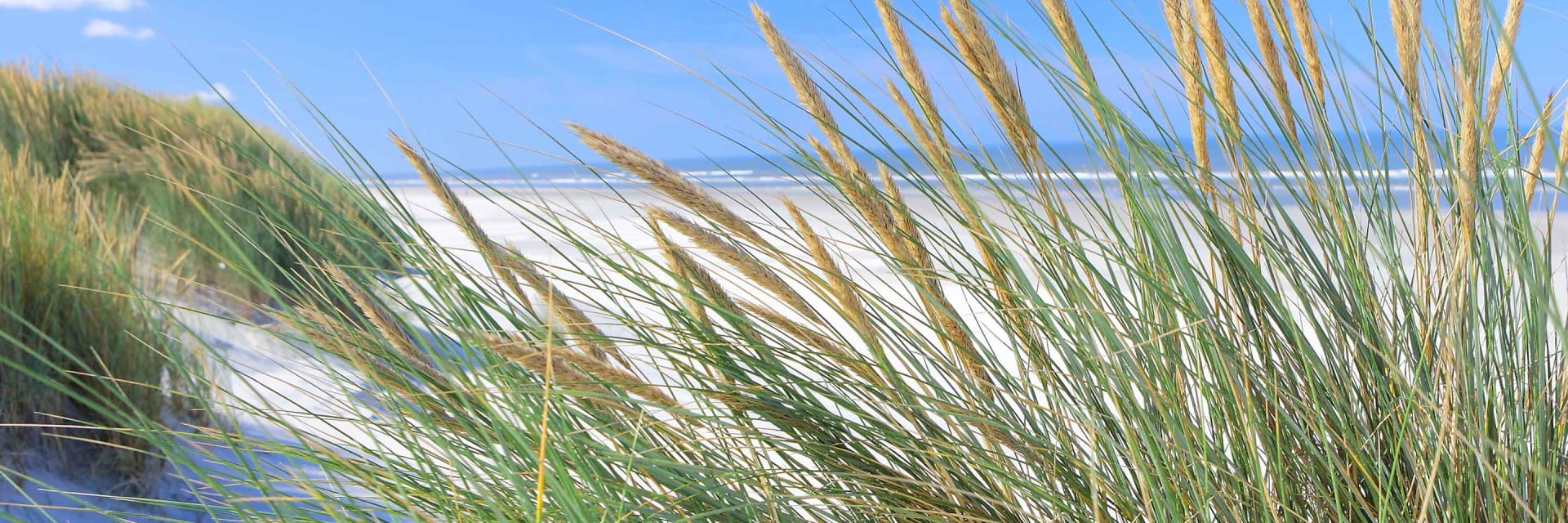
- COMPO
- Guide
- Plant Care
- Basics
- Watering
- How do I water my plants while I'm on holiday?
How do I water my plants while I'm on holiday?
The long-awaited holiday is finally just around the corner. We start looking forward to it weeks beforehand – it signifies time away from stressful daily working life. But some things need to be sorted out before you go on holiday. This includes the watering of your plants. How can we keep flowers, fruit and vegetable plants as well as lawns and hedges looking fresh after weeks without being watered?

The following generally applies: Water thoroughly once more before going on holiday. Plants can usually survive a short weekend away without any problems. Have you planned a holiday lasting several weeks? If so, the easiest method is to ask relatives or neighbours to water the lovingly tended plants every now and then. You could give them some of your harvest or surprise them with a dinner invitation in return. If you can't find someone you trust to take care of your plants, we recommend the following measures.
These methods help prevent your plants from dying of thirst
Watering
General
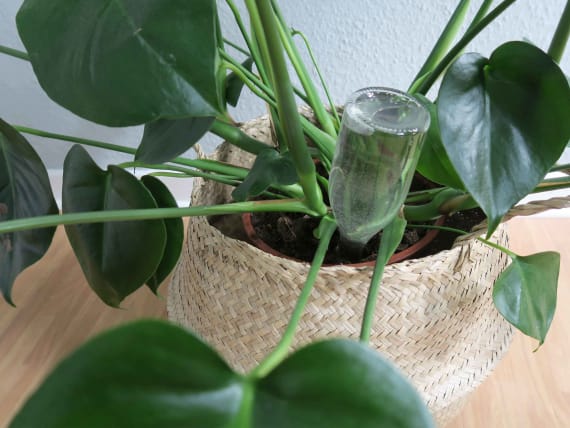
You probably already know this trick because it is often recommended and is tried and tested: the upside down bottle. Simply prick a hole in the lid, fill the bottle with water and place it in the flowerpot. The negative pressure causes the water to drip slowly into the soil. Glass bottles with a long, narrow neck are well suited to this. They are the easiest to push into the soil, are particularly steadfast and sustainable. You don't have any suitable glass bottles at hand? No problem, a bottle made of hard plastic will also work. Carefully hammer a nail into the lid from the inside to the outside to prevent the bottle from tipping over quickly.
Another watering method for while you are away is the trick using thick thread or cotton wick: Attach the thread to the bottom of a bucket and put the other end deep in the soil of the plant. Make sure that the water bucket is about 30 cm higher than the plant. The fluid is drawn in by the thread and reaches the roots directly.
Watering
Tub

Supplying the tub plants on your terrace or balcony with enough water while you are on holiday is more of a challenge.
Create the right foundation in the first place with a potting soil that stores water. The special soils for balcony and tub plants store the irrigation water and dispense it to the plants as needed. The result is that the potting soil will dry out much more slowly.
Putting the plants close together in a shaded place, e.g. by the north wall of the building, is usually sufficient for a short holiday. Although they don't grow well in confined spaces, they won't dry out. Use drip trays for your pots which you can fill with water before your trip. We don't recommend placing the plants in a large tub filled with water because this poses a high risk of the roots rotting due to waterlogging.
Are you already using water storage boxes or tubs for your flowers? Nothing but luxury! The plants automatically draw the required moisture from the water tank in the lower part of the boxes. The water-level indicator lets you know when the tank needs to be filled again. If the tubs are positioned in the shade, this will cover the water requirement for a week on average.
If you have planned a longer holiday, an automatic watering system may be a good idea. The Gardena 'Micro-Drip-System Aktion Start Set Pflanztöpfe S' plant pot watering system is connected to a garden hose or water tap. It consists of five adjustable drip heads which supply the tub plants with moisture as needed.
Watering
Vegetable patch

In fruit and vegetable patches it is particularly annoying when the painstakingly cultivated plants dry out and the heat destroys the harvest. Besides an automatic watering system, the so-called olla technique has proved to be successful in raised beds. 'Olla' comes from Spanish and means pot. Two unglazed clay pots are stuck on top of the other and used as water storage.

Seal the hole in one of the pots, e.g. with a small tile or piece of clay, beforehand to make it watertight.

Stick the two clay pots together with a water-resistant adhesive (hot adhesive or silicone) at the openings.

Place the pots into the soil until just below the rim with the second open hole facing upwards. Fill the unsealed hole with water. Now place a small tile or piece of clay loosely over the hole – the olla watering technique is ready to go.
But how does the water reach the roots? As you probably know, liquid can pass through porous clay pots. The plants are supplied with moisture without a drop of valuable water evaporating in the process.

You can also hoe and completely mulch your vegetable patch. This works best with a mixture of lawn cuttings and other garden waste. It doesn't matter whether the cuttings are dry or still wet because the lawn has just been mown. The grass offers shade and the soil does not dry out so quickly.
Watering
Greenhouse
Temperatures can easily exceed 40°C in a greenhouse. So open the window and leave the door fully open. Draw the sunshade or place blankets over the greenhouse and attach them so that they won't get blown away by the wind. Thoroughly moisten the soil before going on holiday.
Watering
Hedge
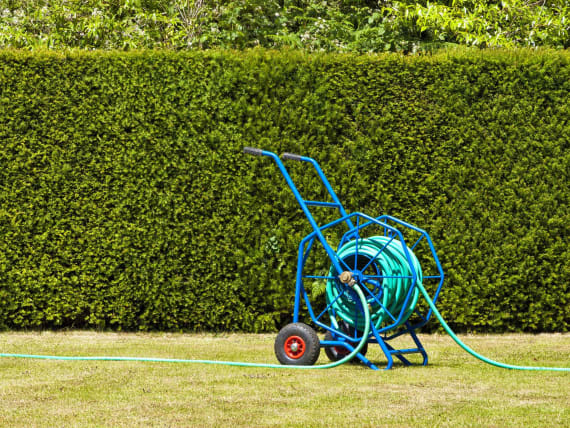
Recently planted hedges in particular cannot endure long periods of drought. You should take certain precautionary measures before leaving so that you are not disappointed by finding your hedge has dried out when you come back. Mulch the root area of the plants beforehand, e.g. with lawn cuttings, which stops the water under this layer from evaporating too quickly. A drip hose with small holes about 30 cm apart prevents the soil from drying out completely.
Watering
Lawn

Our lawn surfaces are usually exposed to direct sunlight. So mow your lawn shortly before you go away and leave the cuttings on the lawn. It is advisable to water until the moisture penetrates 15 cm deep into the soil. A specific amount of water cannot be defined due to the different soil conditions. You can test the soil moisture with a special device. A lawn sprinkler with a timer will see to the necessary watering in your absence.
This measure is drastic but effective: If possible, it is handy to prune your plants and clip off flowers so that they don't consume so much water. Some flowers bloom twice in the summer. Hopefully your plant will have formed new flowers by the time you return home.
We generally advise trying out automatic watering systems before you go on holiday. Does the system work perfectly? Is the amount of water dispensed correct? Avoid a setting that is too high so that there is no waterlogging.
Check beforehand whether your plants have diseases or pests, deal with the infestation and place the plant in a separate location to protect other plants.
These tips help you to enjoy your free time on holiday without any worries! We hope you come back well rested!
Other exciting topics
Water-retaining products
